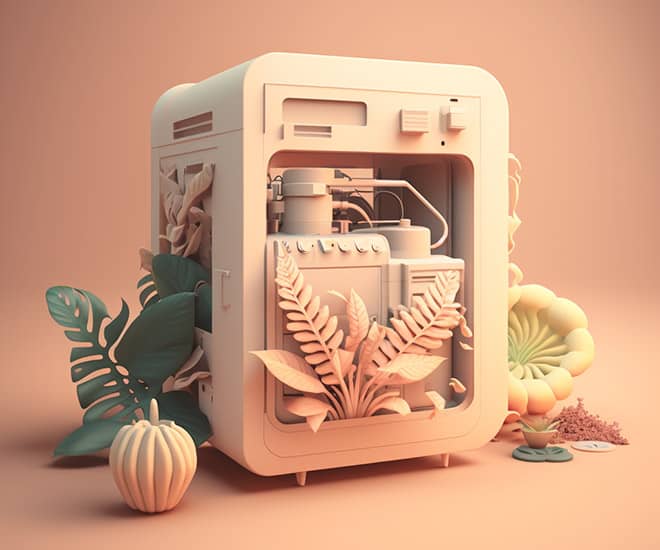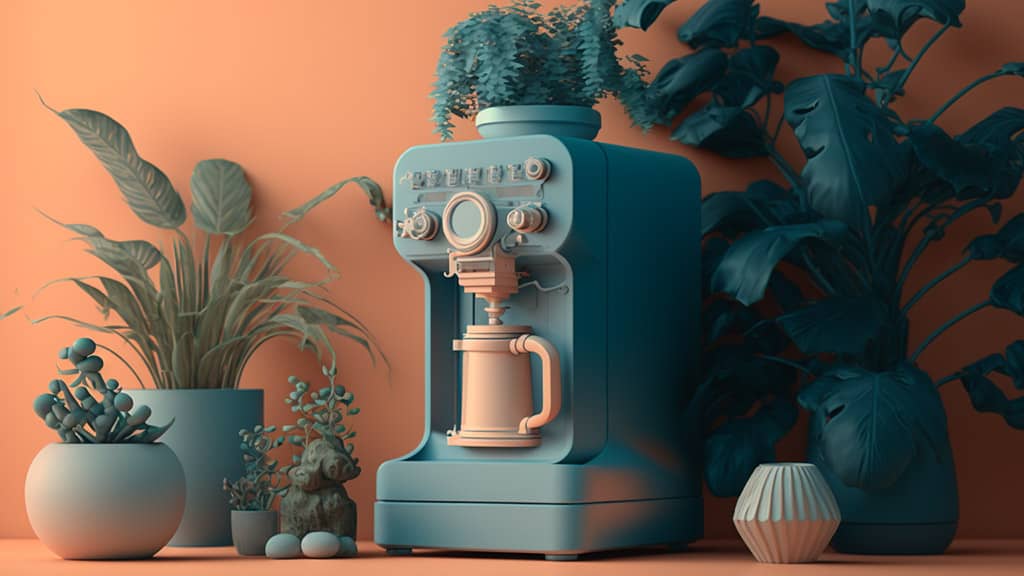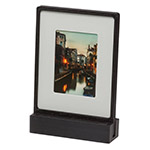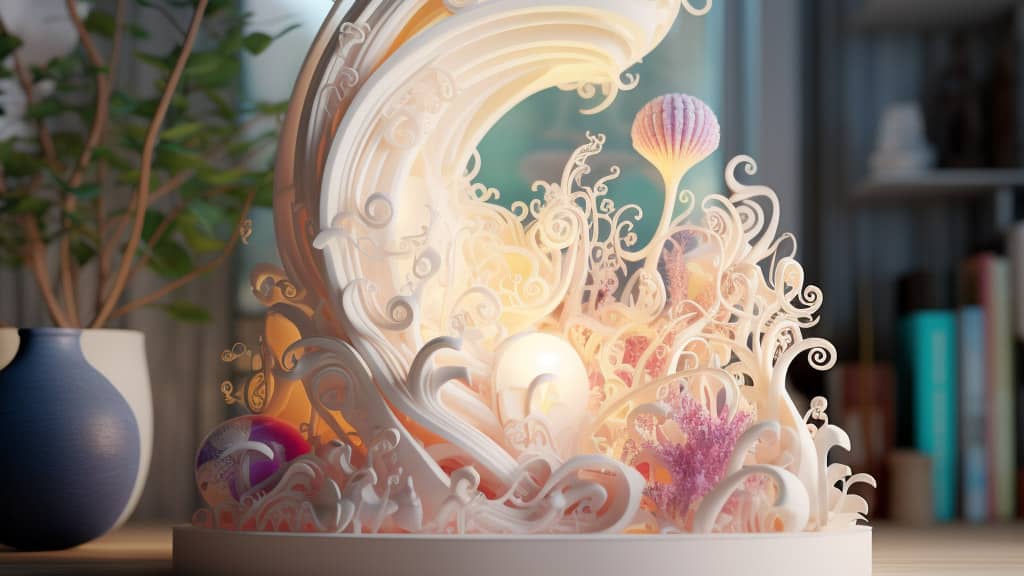Introduction: Bridging the gap between the old and the new
In the ever-evolving world of art and design, the integration of emerging technologies with traditional art forms has led to a creative fusion that continues to push the boundaries of artistic expression. 3D printing, in particular, has become an essential tool for artists, enabling them to explore new dimensions and possibilities in their work. In this article, we will delve into the intersection of traditional art and 3D printing, examining how this creative fusion has revolutionized the art world and opened up new avenues for artistic innovation.
The Renaissance of sculpture: 3D printing meets stone and bronze
3D printing has breathed new life into the ancient art of sculpture, allowing artists to reimagine traditional materials and techniques through the lens of cutting-edge technology. By digitizing and 3D printing replicas of classic sculptures, artists can study and manipulate these timeless masterpieces in ways never before possible. Furthermore, 3D printing enables the creation of complex forms and intricate details that were once deemed unattainable with traditional sculpting techniques. As a result, the fusion of traditional sculpture with 3D printing technology has ushered in a renaissance of sculptural art, merging the best of both worlds in the pursuit of new creative horizons.
Transforming traditional canvas: 3D printing and the world of painting
While it may seem counterintuitive to associate 3D printing with the two-dimensional world of painting, the creative possibilities are endless when these two art forms intersect. 3D printing has the potential to transform traditional canvas paintings into stunning, multidimensional works of art by adding layers of depth and texture. By incorporating 3D printed elements onto the canvas, artists can create unique, tactile experiences that challenge the conventional boundaries of painting. Moreover, the use of 3D printing technology to create custom tools such as innovative brushes and unique paint applicators can further expand an artist’s ability to achieve new effects and visual styles.
Pottery reinvented: 3D printing and the art of ceramics
Ceramics, one of the most ancient and revered art forms, has found a modern-day ally in 3D printing technology. With the advent of clay-based 3D printing, artists can now create intricate, delicate, and complex ceramic pieces that were once impossible to achieve by hand. This fusion of traditional pottery and 3D printing has led to the development of new techniques and design possibilities, such as the ability to create hollow structures or interlocking components. As a result, the ceramics industry has been revolutionized, with artists exploring the untapped potential of this age-old art form in ways that were previously unimaginable.

The future of textile art: 3D printing and fashion design
In the realm of fashion design, the marriage of traditional textile art with 3D printing technology has resulted in a new era of innovation and creativity. From producing intricate lace patterns to designing avant-garde, sculptural garments, 3D printing has expanded the boundaries of what can be achieved in fashion. By combining traditional fabrics with 3D printed elements, designers can create unique, wearable art pieces that push the limits of form and function. Furthermore, the use of 3D printing in fashion design has the potential to revolutionize the industry in terms of sustainability, customization, and accessibility, paving the way for a more inclusive and environmentally conscious fashion landscape.
Conclusion: Embracing the creative fusion of traditional art and 3D printing
As we have seen, the intersection of traditional art and 3D printing has led to a creative fusion that is redefining the landscape of artistic expression. By embracing the marriage of these two worlds, artists are not only preserving the rich heritage of traditional art forms but also pushing the boundaries of what can be achieved through innovative techniques and cutting-edge technology.
As more artists and designers continue to experiment with the potential of 3D printing in their work, we can expect to witness an exciting evolution in the world of art, with the lines between traditional and modern mediums becoming increasingly blurred. This creative fusion will not only inspire new forms of artistic expression but also provide greater accessibility and inclusivity, allowing a broader range of individuals to participate in and appreciate the beauty of art.
In conclusion, the intersection of traditional art and 3D printing represents a powerful catalyst for innovation and creativity in the art world. As we continue to explore the possibilities offered by this creative fusion, we can look forward to a future where the boundaries of artistic expression are constantly being reimagined, redefined, and expanded, paving the way for an exciting new chapter in the history of art and design.
Examples of 3D printed sculptures, installations, and other works of art
Overview of the integration of 3D printing in the art and design world



